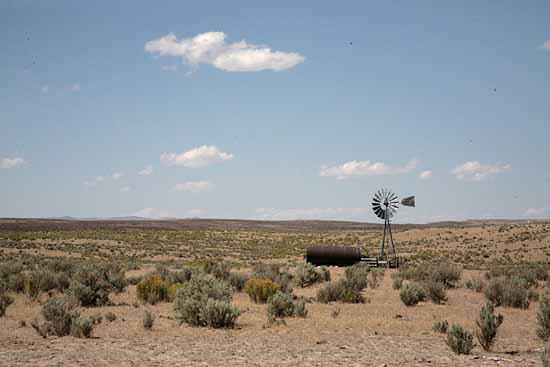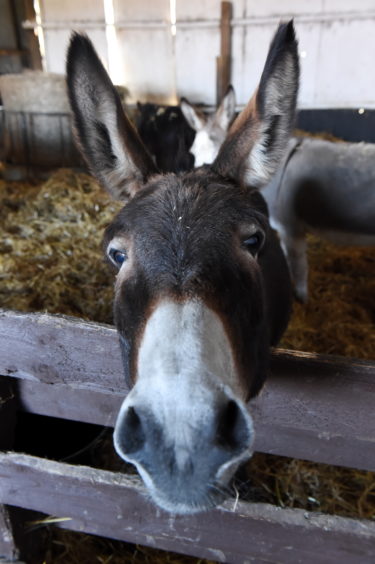

Leaving the waterside, where rushes stood thick and tall in a stream that was becoming sluggish and low, he wandered country-wards, crossed a field or two of pasturage already looking dusty and parched, and thrust into the great sea of wheat, yellow, wavy, and murmurous, full of quiet motion and small whisperings. It was difficult to settle down to anything seriously, with all this flitting going on. The Rat was a self-sufficing sort of animal, rooted to the land, and, whoever went, he stayed still, he could not help noticing what was in the air, and feeling some of its influence in his bones. All very true, no doubt, the others always reply we quite envy youâ âand some other year perhapsâ âbut just now we have engagementsâ âand thereâs the bus at the doorâ âour time is up! So they depart, with a smile and a nod, and we miss them, and feel resentful. Why this craving for change? Why not stay on quietly here, like us, and be jolly? You donât know this hotel out of the season, and what fun we have among ourselves, we fellows who remain and see the whole interesting year out. One gets unsettled, depressed, and inclined to be querulous. As the guests one by one pack, pay, and depart, and the seats at the table-dâhôte shrink pitifully at each succeeding meal as suites of rooms are closed, carpets taken up, and waiters sent away those boarders who are staying on, en pension, until the next yearâs full reopening, cannot help being somewhat affected by all these flittings and farewells, this eager discussion of plans, routes, and fresh quarters, this daily shrinkage in the stream of comradeship. Natureâs Grand Hotel has its Season, like the others. Rat, ever observant of all winged movement, saw that it was taking daily a southing tendency and even as he lay in bed at night he thought he could make out, passing in the darkness overhead, the beat and quiver of impatient pinions, obedient to the peremptory call. The cuckoo, of course, had long been silent but many another feathered friend, for months a part of the familiar landscape and its small society, was missing too, and it seemed that the ranks thinned steadily day by day. But the constant chorus of the orchards and hedges had shrunk to a casual evensong from a few yet unwearied performers the robin was beginning to assert himself once more and there was a feeling in the air of change and departure. To all appearance the summerâs pomp was still at fullest height, and although in the tilled acres green had given way to gold, though rowans were reddening, and the woods were dashed here and there with a tawny fierceness, yet light and warmth and colour were still present in undiminished measure, clean of any chilly premonitions of the passing year.

The Water Rat was restless, and he did not exactly know why.

Nevertheless, it scratches its head and neck by raising its foot up and over its wing. The best it can do is shuffle along a perch.


 0 kommentar(er)
0 kommentar(er)
